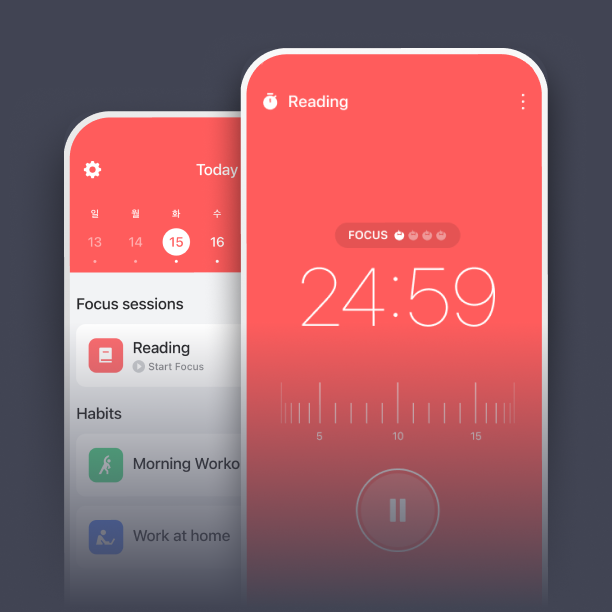What is healthy device habits?

What is Healthy Device Habits?
In our increasingly digital world, cultivating healthy device habits is essential for our productivity, mental health, and relationships. With smartphones, tablets, and laptops now integral to nearly every aspect of our lives, it’s crucial to assess how we engage with these devices. Overuse can lead to fatigue, stress, and strained connections with those around us. Embracing healthy device habits not only enhances our well-being but also improves our capacity to focus and enjoy life.
Understanding Healthy Device Habits
Healthy device habits encompass the practices that ensure we use our devices in a balanced and mindful way. These habits are about being intentional with technology, promoting positive interactions, and minimizing negative effects. By adopting these habits, we can foster a healthier relationship with technology, enhancing our overall quality of life.
The Impact of Digital Overuse
Excessive screen time can lead to a myriad of negative consequences. Studies have shown that overuse is linked to stress, anxiety, and decreased productivity. For instance, spending long hours on social media can result in feelings of inadequacy, as we often compare ourselves unfavorably to others. This can be detrimental to our mental health. Moreover, physical health may suffer due to sedentary behavior and poor posture, contributing to long-term issues such as back pain or eye strain. Understanding these impacts is vital to recognizing the need for healthier habits. You can read more about the dangers of digital overuse in this comprehensive article.
Benefits of Healthy Device Habits
Adopting healthy device habits can lead to numerous positive outcomes. Here are some key benefits:
- Improved Focus: By reducing distractions and managing device use, you can enhance your concentration, leading to better performance at work or school.
- Better Sleep Quality: Limiting screen time before bed helps regulate sleep patterns, improving the quality of your rest.
- Enhanced Mental Well-Being: Less screen time can lead to reduced anxiety and stress levels, promoting a more balanced emotional state.
Additionally, enriching your life with offline activities can provide a fulfilling counterbalance to screen time. For a deeper dive into these benefits, check out the insights on reducing your screen time.
Strategies for Developing Healthy Device Habits
It’s essential to implement practical strategies for cultivating healthy device habits. Here are several effective methods:
Setting Screen Time Limits
Establishing defined limits on your screen time can help manage your usage effectively. Numerous apps are available to assist in tracking and restricting your device usage. Tools like Family Link by Google allow you to set time limits and monitor activity, making it easier to stay on track.
Creating Device-Free Zones
Consider designating specific areas in your home or workplace as device-free zones. For example, keeping devices away from the dinner table can encourage more meaningful interactions with family and friends. This simple change can significantly enhance your social connections and foster a more present mindset.
Establishing a Device Use Schedule
Structuring your day around device use can help create a healthy balance between work, leisure, and personal time. For instance, you can allocate specific times for checking emails, browsing the internet, or engaging with social media. This schedule can help you remain focused on tasks without the constant temptation of distractions.
Maintaining Balance in a Digital World
Finding harmony between online and offline activities is crucial for overall well-being. Here are some ways to achieve this balance:
Incorporating Offline Activities
Engaging in offline activities can serve as a great alternative to excessive device use. Reading, exercising, or socializing with friends are excellent ways to enrich your life outside the digital realm. Consider dedicating time each week to these pursuits, allowing you to connect with the world around you in a more meaningful way.
Mindfulness and Digital Detox
Practicing mindfulness can help you regain control over your device habits. Mindfulness encourages you to be present in the moment, reducing the urge to reach for your device. Additionally, consider implementing a digital detox, where you consciously disconnect from your devices for a set period. This approach can help alleviate feelings of dependency and ultimately lead to a healthier relationship with technology. Explore more about mindfulness and digital detox in this insightful guide.

Photo by Ketut Subiyanto
Conclusion: Embracing Healthy Device Habits
Embracing healthy device habits is essential in our fast-paced digital landscape. By understanding the impact of digital overuse and the benefits of mindful usage, we can take meaningful steps toward enhancing our well-being. Implementing strategies like setting screen time limits, creating device-free zones, and incorporating offline activities can help foster a healthier relationship with technology.
Ultimately, being intentional with our technology use empowers us to lead more fulfilling lives, balancing our online and offline experiences. Start today and explore how these habits can transform your daily routine.
